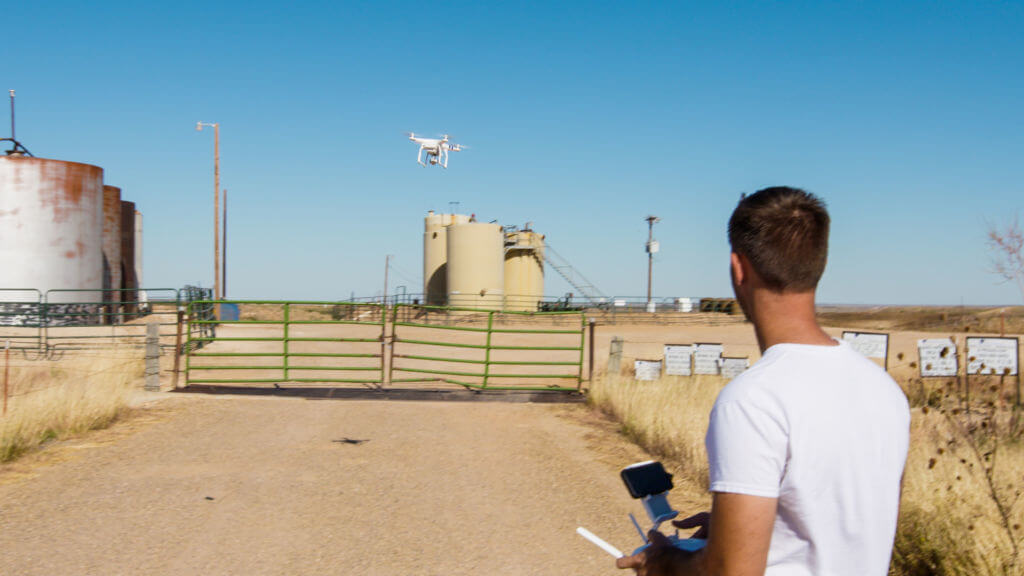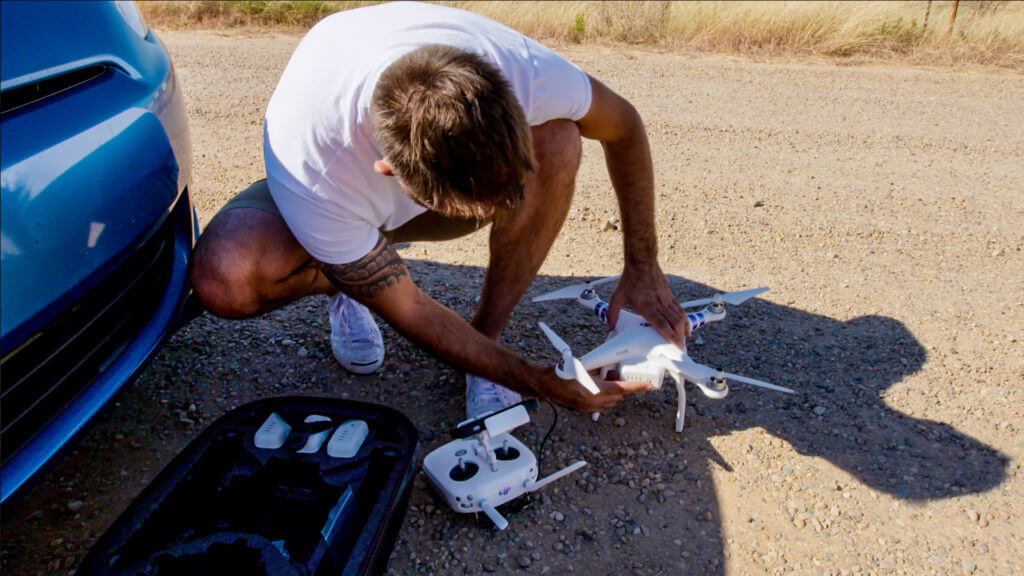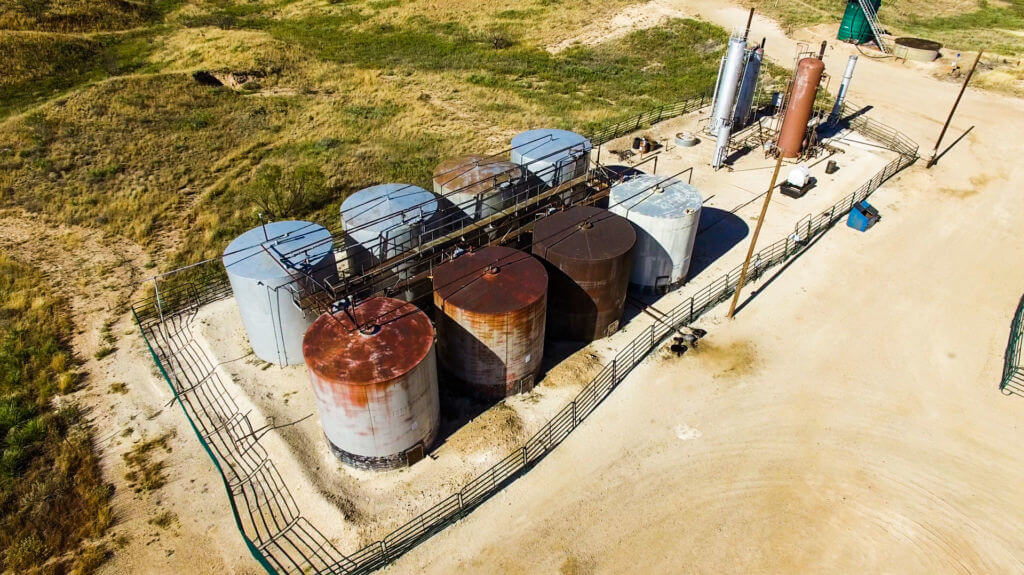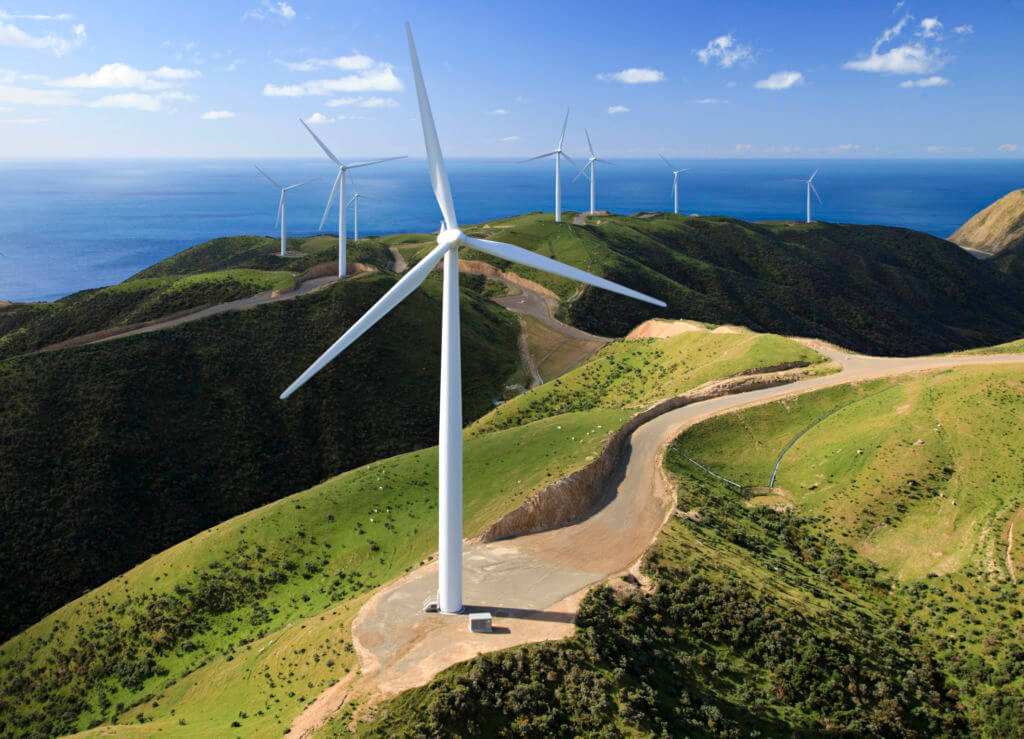10 Easy Steps to Make BIG Money with Drones

Up until recently, the majority of folks around the world have simply looked at drones as something cool to do, not fully understanding the insane money making potential drones offer.
Before I get into the meaty details, we must first get on common ground. The following framework is something that must first be understood. Once you’ve wrapped your head around it, everything else logically follows. Not only that, but chances are you’ll have an idea or two of how you can turn this framework to your advantage.
First ask yourself this question - who has money to spend? (1) Realtors or (2) Big industrial companies?
Big companies must perform routine inspections of equipment and facilities. Traditionally, this has been done by sending (1) humans, (2) costing big insurance money, (3) placing the humans in a risky position where they may get severely hurt or die, (4) while taking many hours or many days to complete.
The solution then is to use drones to perform the inspections. Drones are cheap and cost effective, don’t place humans in harm’s way, cost little in insurance, are faster and more efficient than using humans. To be clear, this type of logical argument is one that if used correctly, will have you reaping job after job after job. Think of it, you’re saving the company money, while providing a great product, little to no insurance costs, while not risking human lives. It’s a no brainer! Also, who has the super big pockets full of cash? Companies of course!
So without further ado, here’s how to make big money performing drone inspections.
Step #1 - Buy a nano-drone
You know what these are, chances are you’ve seen them on the shelves at Walmart, Toys R Us, or while browsing Amazon. These drones fit in the palm of your hand and are made only for indoor flight. The kicker is these little drones are insanely hard to fly. The goal then is to become fluent at flying your nano-drone indoors, frontwards, backwards, sideways, with the control set to regular mode and with it reversed as well. Once you can do this, you’ll have absolutely zero problems in flying a bigger DJI drone.
Step #2 - Buy a drone for inspections
 Setting up a Phantom 3 Pro for an inspection. The P3 Pro is a perfect starter drone that will pay for itself after one job.
Setting up a Phantom 3 Pro for an inspection. The P3 Pro is a perfect starter drone that will pay for itself after one job.Typically this will be at the very minimum a DJI Phantom 3 Professional, but if you’re planning on flying inspections indoors a better choice would be the DJI Phantom 4 or DJI Matrice as both of these have object avoidance capabilities as well as indoor positioning systems that operate when there is no GPS signal. You can learn more about these drones at www.dji.com.
Step #3 - Download the Skycatch app
A cool piece of technology you’re going to want to play around with and use is the Skycatch drone app. This app is chock full of awesome features particularly suited for industrial 3D mapping. Skycatch allows you to capture, manage, analyze, and export your drone data. When you open the app, you’ll be able to create complex flight patterns for your drone to follow. For example, if you’re inspecting pipelines for an oil company, you can designate the path you want your drone to follow while flying. Or say that you’re a project manager constructing a huge building, you can use the Skycatch app to draw a flight path around your construction site and compare daily sitemaps, check building progress, quality, and so on and so forth.
Another cool feature of the Skycatch app is the ability to create perfect georeferenced point cloud and 3D meshes. When you designate the flight path, your drone will fly the path and take pictures. Skycatch will then stitch these pictures together creating a 3D map from them. Engineers, project managers, builders, and drone inspection companies are all folks who’ll reap huge benefits by using this one-of-a-kind app! You can read more about Skycatch and their bleeding edge drone technology here.
Step #4 - File and Obtain Part 107
The FAA previously required an FAA 333 exemption but transitioned away from the 333 exemption to the newer Part 107 requirement. Without going into too much detail Part 107 requires (1) the drone pilot to be at least 16 years old, and (2) pass a knowledge test. You can read more about the various provisions of Part 107 here. To be clear, if you’ going to charge money for performing drone inspections, taking pictures, or making movies, then you need Part 107. The cost of the knowledge test is ~$150.00.
Step #5 - Setup your company
Here, the choice is yours - setup a company or fly sole prop (sole proprietorship). Sole props have one good thing going for them and that is they are super quick and easy to setup. Simply choose a business name, go to the bank, and get rocking. However, if you are planning on making a career out of flying drones and performing industrial inspections, it’s a good idea to at least set your business up under an LLC (limited liability corporation). This type of setup will protect your personal assets from being accessed (taken) in a court of law. Without going into a lot of legal details and minutiae suffice it to say that going the LLC is a good route. It costs money and the amount varies from state to state. In Texas I paid ~$300.00 to set mine up.
Step #6 - Obtain drone insurance
Here are a few reputable companies that offer drone insurance. Some companies offer insurance on a per hour basis whereas others charge between $600-$800 per year for coverage:
- Verifly - on demand drone insurance purchased via phone app for as little as $10.00 per hour.
- Drone Insurance - quickly and easily get an insurance quote for your drone.
- Avion Drone Insurance - bespoke drone insurance.
Step #7 - Create a business website
When I first began drone inspections, it literally was like the wild west. I flew under the radar, quickly and quietly, and didn’t have a website. To companies, it didn’t really matter whether I had one or not. However, as competition in drone inspections heats up, it’s important to differentiate yourself as best you can. Thus, creating a website is a good idea if not an absolute must.
Step #8 - Design a logo and create business cards
If cost is an important thing to you, then you can design a logo for yourself for free using Google Draw or Adobe Illustrator. If price isn’t a problem for you, I suggest using 99 Designs for your logo creation needs. Essentially, 99Designs will take your description for the type of logo you want for your company and then send it out to hundreds of designers from all over the world. You’ll then be able to look at all of the proposed designs from the designers and select the one you like most. This costs ~$300.00.
Step #9 - Research and discover companies and facilities near you
Google is your friend. First, you’ll want to open a fresh page in Google Docs so you can notate the contact information for all of the companies you’re about to discover. Next, you want to use Google to search for relevant companies in your city and/or area. You’ll want to search for (1) oil and gas companies, (2) energy companies, (3) wind farms, and (4) new construction projects. Typically you won’t use Google to search for new construction projects. The best way to find new construction projects is to drive around in your city and look for them, jotting down the location of all that you come by. Once you have a decent sized list of companies noted, you’re all set!
Step #10 - Visit all the facilities listed below and make your sales pitch
Two things: (1) remember the logical framework laid out at the beginning of this post, it’s your friend, and (2) you’ll want to take a few things along:
- iPad - A picture is worth a thousand words right? Of course it is, so instead of walking in and telling a high ranking VP about everything your drone can do, why not show them instead? Show them videos and pictures that you’ve taken with the drone, so they can see what true 4k image quality looks like. Trust me, words don’t do it justice. If you don’t have an IPAD, get one. I highly recommend not going and trying to land jobs if you don’t have one. You’ll be wasting an opportunity.
- Business cards. The company will need your contact information.
Now that you're armed with your iPad and business cards, you're ready to take on:
Oil and Gas Companies
 Rusted oil tanks in need of inspection.
Rusted oil tanks in need of inspection.First a little back story, actually two backstories. First off, oil and gas companies have traditionally used small airplane companies to fly over their pipelines and inspect for leaks and emissions. A lot of the pipelines these airplanes fly are longer sections of pipe i.e. 20+ miles. Understand, you cannot fly a 20 mile section of pipe with a drone. Thus, your goal is to determine the shorter sections of pipeline the company has ~10 miles or less. At this distance you can compete with the airplanes and cut them out. Your pitch is simple: you can fly the small sections of pipeline, inspecting for leaks etc, and charge half of what they’re paying the airplane guys. Second backstory, in January 2016 the government mandated that all oil and gas companies perform emissions inspections. This is an absolute beast of an opportunity. Why? Because the government is forcing all companies to do this! You’re the solution to the government and the company’s problem! Think long term contracts with the oil and gas companies if you land this. You can easily make $30,000-$80,000 per month if you land one of these contracts.
Energy Companies
I worked for a Fortune 500 energy company and this is where I started to connect the dots. Energy companies perform all types of inspections - monthly! At the plants where electricity is made there are boilers. Boilers is where the coal is burned and sent through tubes to make electricity. These boilers go offline all of the time and require constant inspections. Traditionally, to inspect these boilers, very high scaffolding must be built, which numerous workers must climb (in the dark) to inspect the tubing lining the boiler for defects. What a dangerous thing! By now, it should be easy for you to spot the opportunity. You fly your drone inside the boiler, fitted with an LED light, and perform the boiler inspection, safely and efficiently, without risking human injury or death. Sounds like a win-win to me! You can expect to make $10,000-$15,000 for just a few hours work performing these inspections.
Wind Farms
 Photographing and filming wind turbines is another excellent use case for drone inspections.
Photographing and filming wind turbines is another excellent use case for drone inspections.These are the big wind turbines you see mostly on the outskirts of cities and towns. Traditionally, these wind turbines have been inspected by a person or two strapping themselves into climbing equipment and then climbing a huge ladder (inside the turbine) to the top of the turbine where the gearbox and blades are. The same framework works here: using the drone you can perform the inspection, safer, cheaper, and more efficient. A quick way to find the person in charge (decision maker) is to look for a small building usually located close the outside of the wind farm. This is the control center where you’ll find a person able to say yes or no to you performing drone inspections.
New Construction
New construction projects entail really anything being built in your city. Chances are you know someplace where you live where a big building or center is being constructed. Great, now what? Now, you need to understand the logical framework and how it applies to new construction. Traditionally, project managers (person in charge of the overall construction of the building) have placed static (non-moving) cameras on an adjacent building in time-lapse mode to take pictures so the project manager can see the construction progress. Understand, nothing gets a project manager hyped up more than talking about technology, construction, and anything that will enhance one or both. What happens is the project manager will contact the owner or property management company of the adjacent building and ask if they can place a camera on top of the adjacent building. The owner will of course say yes and will charge a monthly fee for allowing the project manager to do this. Charges start at at least $1,000 per month, typically more. This is your starting point. Your approach when you talk to the project manager is you can provide (1) high quality 4 pictures from all four corners of the project site, (2) a 360 degree orbiting video of the project site, (3) on the same day and time, once a month for $_____ (insert your price in the blank). Understand, what may not look like much $900, consider that completing a job like this takes only ~15 minutes. Further consider what happens when you contract not with one new construction project but several. Think recurring monthly income. These project can take a year or two until completion.
Over the following posts we will discuss step-by-step how to gain access to the big company decision makers and also demonstrate a money making framework that can be used to make big money in the real estate market. Stay tuned!
Purchase a drone today and sign up for Skycatch to hit the ground running and start making serious money with drones!



